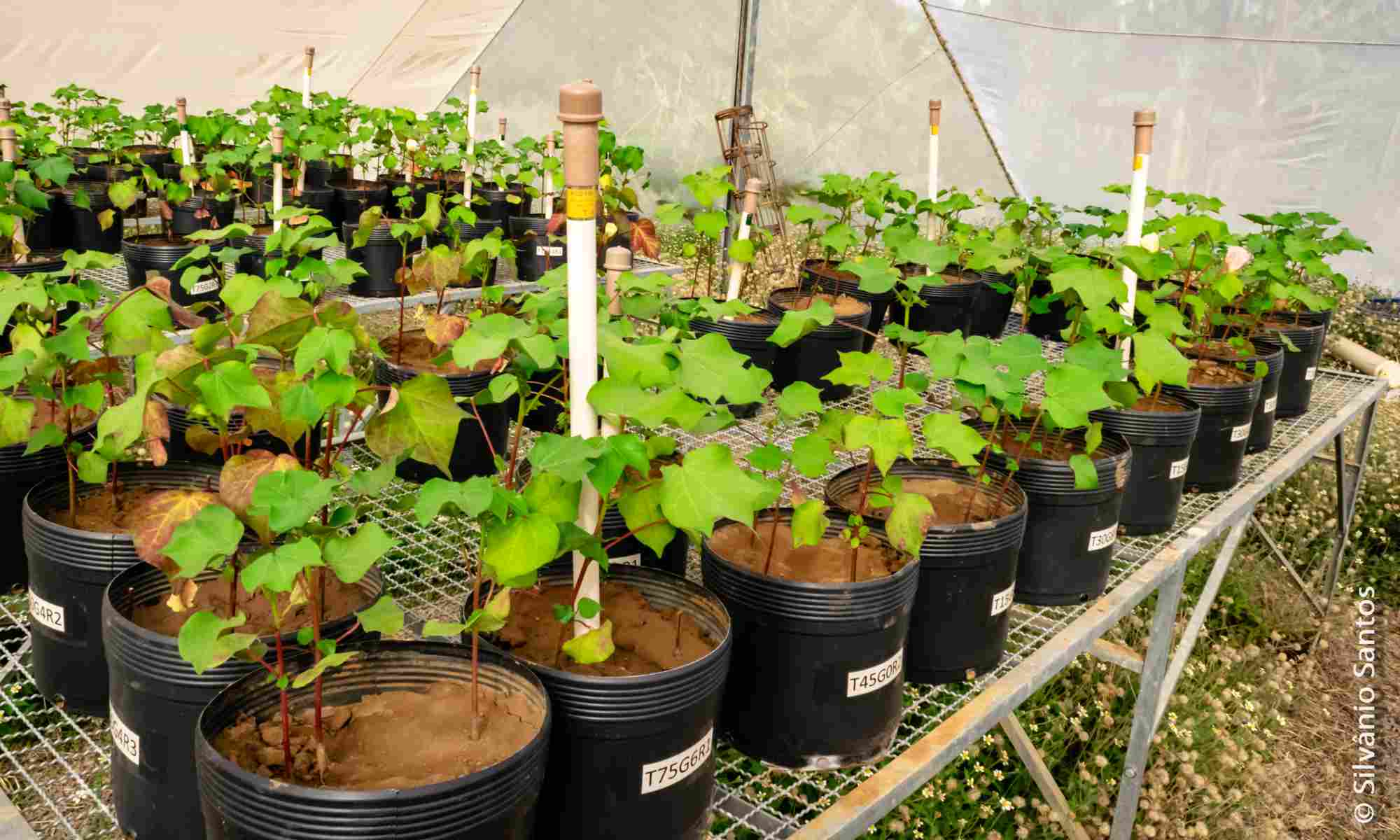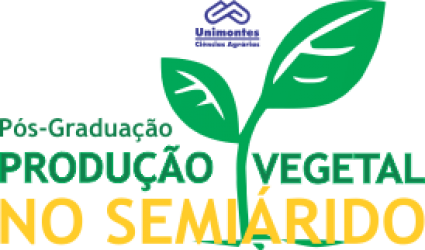- Version
- Download 3
- Tamanho do Arquivo 124.06 KB
- Data de Criação 11/06/2021
- Download
DIAS, Daniel Goncalves. Adubação nitrogenada e potássica em diferentes cultivares de maracujazeiro irrigado. 2014. 106 p. Dissertação (Mestrado em Produção Vegetal no Semiárido) – Universidade Estadual de Montes Claros, Janaúba, 2014.
Objetivou-se avaliar a influência das doses de N e K na produtividade de diferentes cultivares de maracujazeiro em condições irrigadas na região Norte do Estado de Minas Gerais. O estudo foi instalado na fazenda experimental da UNIMONTES, localizado no município de Janaúba-MG. O local situa-se a 15º 47’ Sul e 43º 18’ oeste, com 516 m de altitude. O estudo seguiu o delineamento em blocos casualizados, com quatro repetições, sendo as unidades experimentais arranjadas em esquema fatorial 4 x 6 consistindo de quatro cultivares de maracujazeiro (BRS Sol do Cerrado, BRS Ouro Vermelho, BRS Gigante Amarelo, IAC 275) e seis doses de fertilizantes N-K, sendo estas correspondentes a 0, 33, 67, 100, 133 e 167% da dose recomendada, equivalendo as respectivas doses de N-K2O (0-0, 50-125, 100-250, 150-375, 200-500 e 250-625 kg ha-1 ano-1). As parcelas foram constituídas de cinco plantas com espaçamento de 2,5 x 2 m e fileira simples, sendo utilizadas para avaliação as três plantas centrais, totalizando 15 m2 de parcela útil. Aos sete meses após o plantio deu-se início a colheita dos frutos para posterior contagem e pesagem e avaliação das características produtivas até o término da safra, posteriormente foram avaliadas as características produtivas. No período de novembro de 2013 foram coletados cinco frutos por parcela, onde foram realizadas as caracterizações físico-químicas dos frutos. Aos cinco meses após a última adubação realizada na área experimental foram realizadas coletas de amostras de solo, nas distintas profundidades 0-20, 20-40 e 40-60 cm para determinar os atributos químicos do solo. A maior produtividade foi verificada nas cultivares BRS Gigante Amarelo e BRS Sol do Cerrado, nas condições edafoclimáticas da área experimental. As características produção total de frutos ha-1 e o peso médio do fruto foram maiores para as cultivares BRS Sol do Cerrado e IAC 275, BRS Gigante Amarelo e BRS Ouro vermelho, respectivamente. A cultivar BRS Gigante Amarelo obteve a maior espessura média do fruto. A cultivar IAC 275 apresentou o maior rendimento em polpa e relação sólidos solúveis/acidez total titulável. No solo, as distintas doses de N e K aumentaram o teor de K+ para as profundidades de 0-20, 20-40 e 40-60 cm de solo, o teor de S na profundidade de 40-60 cm, os teores de Al3+ nas profundidades de 0-20 e 20-40 cm e o H+Al na camada 20-40 cm. No entanto, o aumento das doses de N e K reduziram os teores de Ca2+ e Mg2+ nas profundidades de 0-20 e 20-40 cm, a SB e a V na camada 20-40 cm de solo.
Palavras-chave: Passiflorae edulis Sims f. flavicarpa Deg, Qualidade dos frutos, Nitrogênio, Potássio.
Nitrogen and potassium fertilization on different cultivars of irrigated passion fruit
The objective of this study was to evaluate the influence of the doses of N and K on yield of different cultivars of passion in irrigated conditions in the northern region of Minas Gerais. The study was installed at the experimental farm of UNIMONTES, located in the municipality of Janaúba-MG. The site is located at 15º 47’ South and 43° 18’ west, 516 m altitude. The experiment followed a randomized block design with four replications, the experimental units arranged in 4 x 6 factorial arrangement consisting of four varieties of passion fruit (BRS Sun Cerrado, BRS Gold Red, BRS Yellow Giant, IAC 275) and six doses NK fertilizers, which are corresponding to 0, 33, 67, 100, 133 and 167% of the recommended dose, equating the respective doses of N-K2O (0-0, 50-125, 100-250, 150-375, 200-500 and 250-625 kg ha-1 yr-1). The plots consisted of five plants with a spacing of 2,5 x 2 m single row, being used to evaluate the three central plants, totaling 15 m2 per plot. At seven/eight months after planting has begun to harvest the fruit. The fruits of three central plants of each plot were harvested after harvest, fruits were counted and weighed until the end of the season, were subsequently evaluated yield characteristics. In November 2013 five fruits were collected per plot, where the physico-chemical characterizations of the fruits were held. At five months after the last fertilization performed in the experimental area Samples of soil were carried out in different depths 0-20, 20-40 and 40-60 cm to determine soil chemical properties. The highest yield was observed in BRS Giant Yellow and BRS Sun Cerrado, at conditions of the experimental area. The total production of fruits ha-1 and the average fruit weight are higher in BRS Sun Cerrado and IAC 275, BRS Giant Yellow and BRS Red Gold, respectively. The BRS Yellow Giant gets higher average thickness of the fruit, which associated with the BRS Red Gold are the cultivars with the highest average fruit length. IAC 275 provides the best pulp yield and together with the BRS Sun Cerrado provides the best soluble solids/titratable acidity solid relationship. The different doses of N and K provides increasing content of K+ at 0-20, 20-40 and 40-60 cm and the S content in the 40-60 cm depth, in addition to increasing the levels of Al3+ in the depths 0-20 and 20-40 cm and H+Al in the 20-40 cm layer and provides the decrease in content of Ca2+ and Mg2+ at 0-20 and 20-40 cm and a reduction in layer V and SB 20 - 40 cm.
Keywords: Passiflorae edulis Sims f. flavicarpa Deg, Fruit quality, Nitrogen, Potassium.

